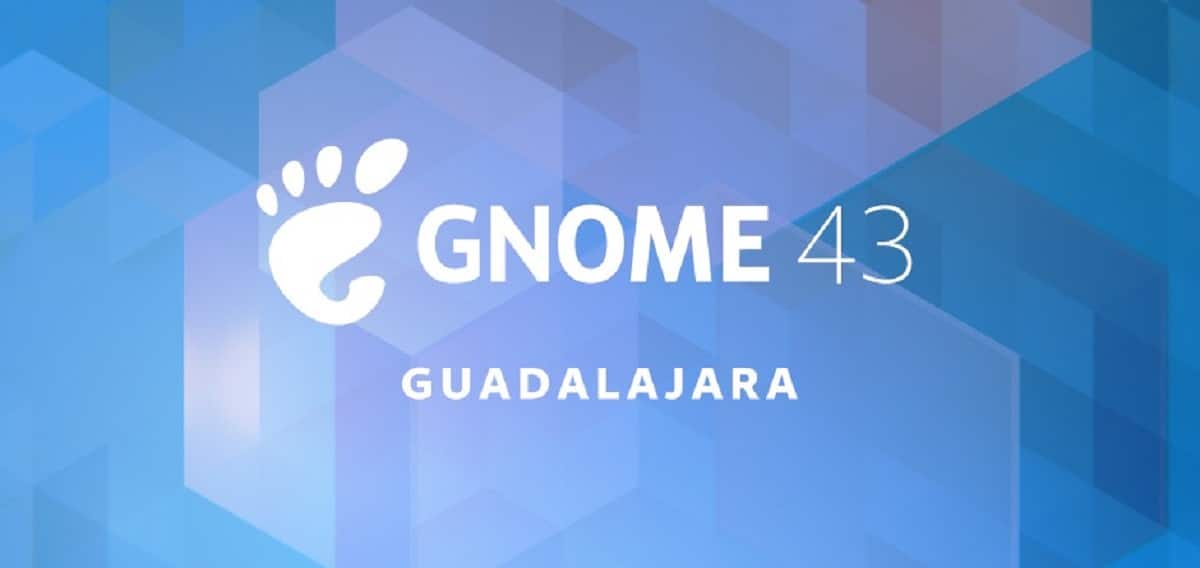
The new version continues the work of migrating applications from GTK 3 to GTK 4.
After 6 months of development, Gnome 43 is finally available and is that the Gnome project team released the new version of Gnome 43 which comes with great compatibility improvements with web applications and continues the transition to GTK 4.
Gnome 43 comes with a redesigned system status menu, which allows you to quickly change the most used settings. Settings that previously required digging through menus can now be changed with the click of a button. The quick setup provides general network access, Wi-Fi, performance mode, night light, airplane mode, and even dark mode. The new design also makes it easy to see the status of your settings at a glance.
Another novelty presented by this new version of Gnome 43 is that comes with an improved file manager which is already updated to GTK 4 and libadwaita. The new version It has an adaptable design which allows you to use all the features of the file manager by resizing the windows to a narrower width. The sidebar slider in narrow mode seems very well implemented to me.
Other changes resulting from the transition to GTK4 include file and folder properties windows facelifts, reordered menus, and a vastly improved list view that adds rubberbands and file favorites.
In addition to this, it is also mentioned that we can find an additional integration with the Disks utility, like the ability to access a "format" option when you right-click an external drive in the Files sidebar and that there's also a new Open With dialog that lets you choose the application used to open different types of files. Here is a non-exhaustive list of changes to the Nautilus file manager:
Another change that stands out is the Gnome web browser (previously known as Epiphany) which can now handle Firefox Sync to sync bookmarks and history, as well as some browser extensions. Not all cross-browser extensions, such as those compatible with Firefox and Google Chrome or Chromium, they still work. Therefore, installation of plugins in the XPI file format is disabled by default at the moment.
Of the other changes which includes Gnome 43 among other small improvements:
- The virtual keyboard now shows suggestions as you type. It also shows the Ctrl, Alt, and Tab keys when typing in a terminal.
- The web screenshot feature is now easier to use: it is now in the context menu of the web page, or activated with the keyboard shortcut Shift + Ctrl + S.
- Also on Web, the styling of the web page interface elements has also been updated to match modern GNOME applications.
- The Characters app now includes a much larger selection of emoji, including people with different skin colors, genders, and hairstyles, and more regional flags.
- Some of the animations in the activity overview have been optimized to be more fluid.
- The GNOME Applications "About Windows" has been reorganized, showing details about each application.
- In the software, the application pages have an improved selector for font and format selection
- Improved dark UI style used by GTK 4 applications, so bars and lists look more harmonious.
- When connecting to GNOME with a remote desktop application (using RDP), it is now possible to receive audio from the host
- GNOME's range of alert sounds has been updated and includes a new default alert sound.
Finally for those who are interested in being able to try Gnome 43 you can do it with the beta version of Fedora Workstation 37, which is available and does very little modification to the desktop.
Si you want to know more about it, you can check the details In the following link.